- No products in the cart.

Etamsylate Injection 125mg / 2ml amp ml 10 units
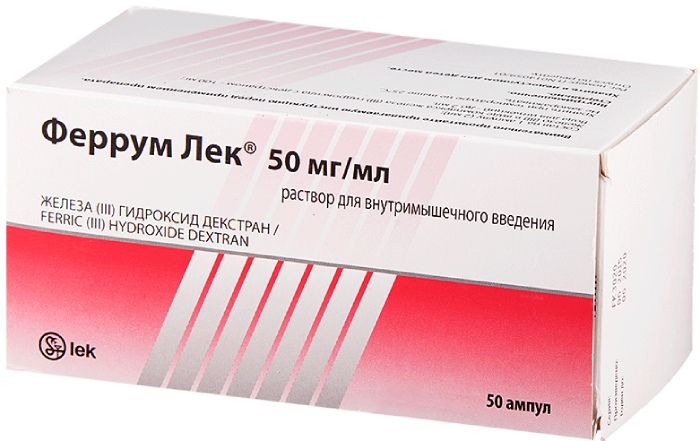
Ferrum lek Injection 100mg / 2ml 2ml amp 50 units
$209.48
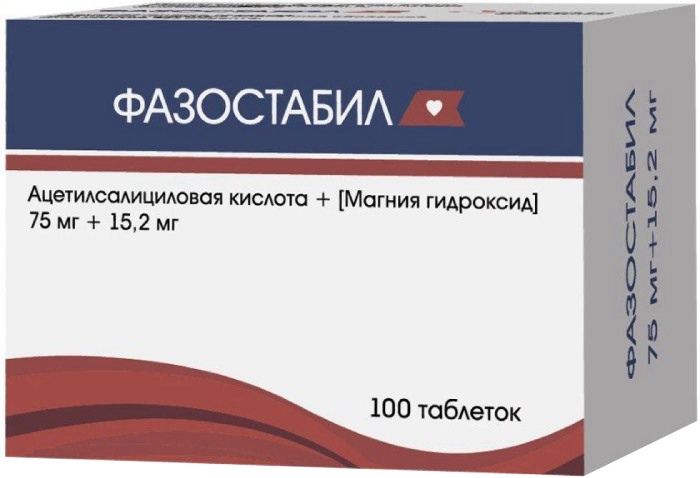
Table Fazostabil n / v 75 + 15.2mg film 100 pcs
$3.47
$2.49
Etamsylate Injection 125mg / 2ml amp ml 10 units
Description
Composition
Active substance:
1 ml of solution contains: etamzilat – 125.0 mg.
Excipients:
Sodium bisulfite (sodium metabisulfite) – 2.5 mg sodium sulfite anhydrous – 1.0 mg disodium edetate dihydrate (disodium edetate) – 0.5 mg Water for injection – up to 1 ml.
Product form:
Injection.
Contraindications
Hypersensitivity to any ingredient of the drug, acute porphyria, hematological malignancies in children, thrombosis, thromboembolism.
Carefully.
When bleeding against the backdrop of an overdose of anticoagulants, pregnancy.
Dosage
125 mg / ml
Indications
Prevent and stop bleeding: parenchymal and capillary bleeding (including traumatic, surgery for operations in highly vascularized organs and tissues for surgical interventions in the dental, urology, ophthalmology, ENT practice, intestinal, renal, pulmonary hemorrhage, and menorrhagia Metro- when fibroids, etc.), secondary bleeding in thrombocytopenia and thrombocytopathia, hypocoagulation, hematuria, intracranial hemorrhage (including in newborns and preterm infants), nasal bleeding arterial hypertension, bleeding caused by intake of drugs, hemorrhagic diathesis (including Verlgofa disease, von Willebrand-Jürgens, trombotsitopaty), diabetic microangiopathy (haemorrhagic diabetic retinopathy, re-bleeding in the retina, hemophthalmus).
Interaction with other drugs
Etamsylate not be mixed with other drugs. Administering the drug at a dose of 10 mg / kg body weight for 1 hour before administration of solutions of dextrans having an average molecular weight of 30,000 – 40,000, prevents antiaggregatory action of the latter; etamzilat after administration of solutions of dextrans has no hemostatic action.
The combination etamzilat with aminocaproic acid and menadione sodium bisulfite.
pharmachologic effect
Pharmacological group:
Hemostat.
Pharmacodynamics:
Hemostat. It has also angioprotective and proagregantnoe action. It stimulates the production of platelets and their exit from the bone marrow. Haemostatic action due to the activation of thromboplastin formation at the site of damage of small blood vessels and a decrease in the formation of vascular endothelial prostacyclin PgI2, promotes the adhesion and platelet aggregation, which ultimately leads to a stop or reduce bleeding. Increases the rate of formation of primary thrombus and enhances its retraction, has practically no influence on the concentration of fibrinogen and prothrombin time. Doses of 2 – 10 mg / kg did not lead to a more pronounced effect. For repeated administrations thrombosis increases. With antigialuronidaznoy activity and stabilize ascorbic acid prevents the destruction and promotes the formation of the capillaries in the wall mucopolysaccharides high molecular weight, increases capillary resistance, reduces their fragility, permeability normalizes pathological processes. Reduces liquid yields and diapedesis of blood cells from the vascular bed, improve microcirculation. It does not have a vasoconstrictor action. It restores the pathological changes of bleeding time. On the normal parameters of the hemostatic system is not affected. The hemostatic effect when administered intravenously etamzilata occurs within 5 – 15 minutes, the maximum effect is seen after 1 – 2 h. Effect lasts for about 4 – 6 hours then for 24 hours gradually weakens; Intramuscular effect after 30 – 60 minutes.
Pharmacokinetics:
The drug is well absorbed when administered intramuscularly, weakly bound to plasma proteins and the formed elements of blood. Therapeutic concentration in the blood – 0.05 – 0.02 mg / ml. Etamsylate uniformly distributed in various organs and tissues (depending on the degree of blood supply).
The drug is excreted mainly by the kidneys (unchanged) in a small amount in the bile. The half-life period of the drug following intravenous administration of 1.9 hours following intramuscular administration – 2.1 hours. 5 minutes after intravenous administration kidneys allocated 20 – 30% of the administered drug, completely – by 4 hr.
Conditions of supply of pharmacies
On prescription.
side effects
Heartburn, heaviness in the epigastric region, headache, facial flushing, reduction of blood pressure (mainly systolic), paresthesia of the lower limbs.
special instructions
Require caution in patients who have ever experienced thrombosis or thromboembolism. The drug is not effective in patients with reduced platelet count. Haemorrhagic complications associated with overdosage of anticoagulants, it is advisable to use specific antidotes. Using etamzilat in patients with abnormal coagulation parameters is possible, but it must be complemented by the introduction of drugs that address the identified deficiency or defect of coagulation factors.
During the period of treatment must be careful when driving and occupation of other potentially hazardous activities that require high concentration and psychomotor speed reactions.
Storage conditions
In the dark place at a temperature not higher than 25 ° C.
Dosing and Administration
Intravenously, intramuscularly, in ophthalmology – subkonyunktivalno and retrobulbarno.
Etamsylate can be administered intravenously in a 5% glucose solution or isotonic sodium chloride solution.
Adults are: a prophylactic measure in surgical interventions preparation is administered intravenously or intramuscularly for 1 hour before surgery at a dose of 0.25 – 0.5 g of (2 – 4 ml of a solution of 125 mg / ml) when needed during surgery intravenously – a dose 0 25 – 0.5 g of (2 – 4 ml of a solution of 125 mg / ml) at the danger of postoperative bleeding intravenously or intramuscularly – 0.5 – 0.75 g (4 – 6 mL of a solution of 125 mg / ml) was uniformly within days .
Babies: if necessary during the surgery administered intravenously at the rate of 8 – 10 mg / kg body weight.
To stop bleeding administered intravenously or intramuscularly 0.25 – 0.5 g of (2 – 4 ml of a solution of 125 mg / ml), and then every 4 – 6 hours 0.25 g (2 ml 125 mg / ml) for 5 – 10 days.
When treating menorrhagia and metro-drug administered in a single dose of 0.25 g (2 ml 125 mg / ml) intravenously or intramuscularly every 6 – 8 hours for 5 – 10 days.
In diabetic microangiopathy preparation is administered intramuscularly in a single dose of 0.25 – 0.5 g three times a day for 10 – 14 days.
The ophthalmic preparation is administered subconjunctivally or retrobulbar – at a dose of 0.125 g (1 ml 125 mg / ml).
Injection may be administered topically (sterile swab impregnated and applied to the wound.
Information
Appearance may differ from that depicted in the picture. There are contraindications. You need to read the manual or consult with a specialist
Additional information
| Weight | 0.100 kg |
|---|---|
| Manufacturer | Russia |

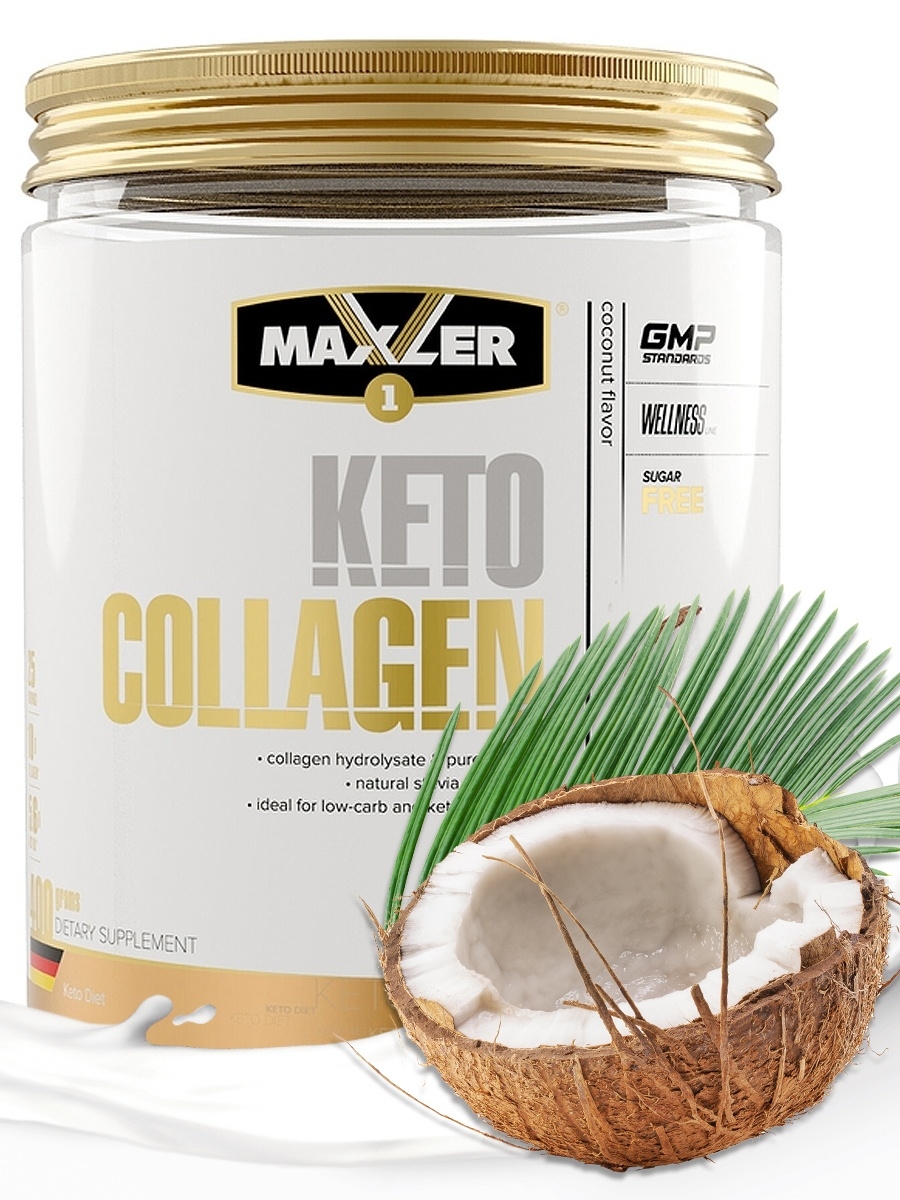
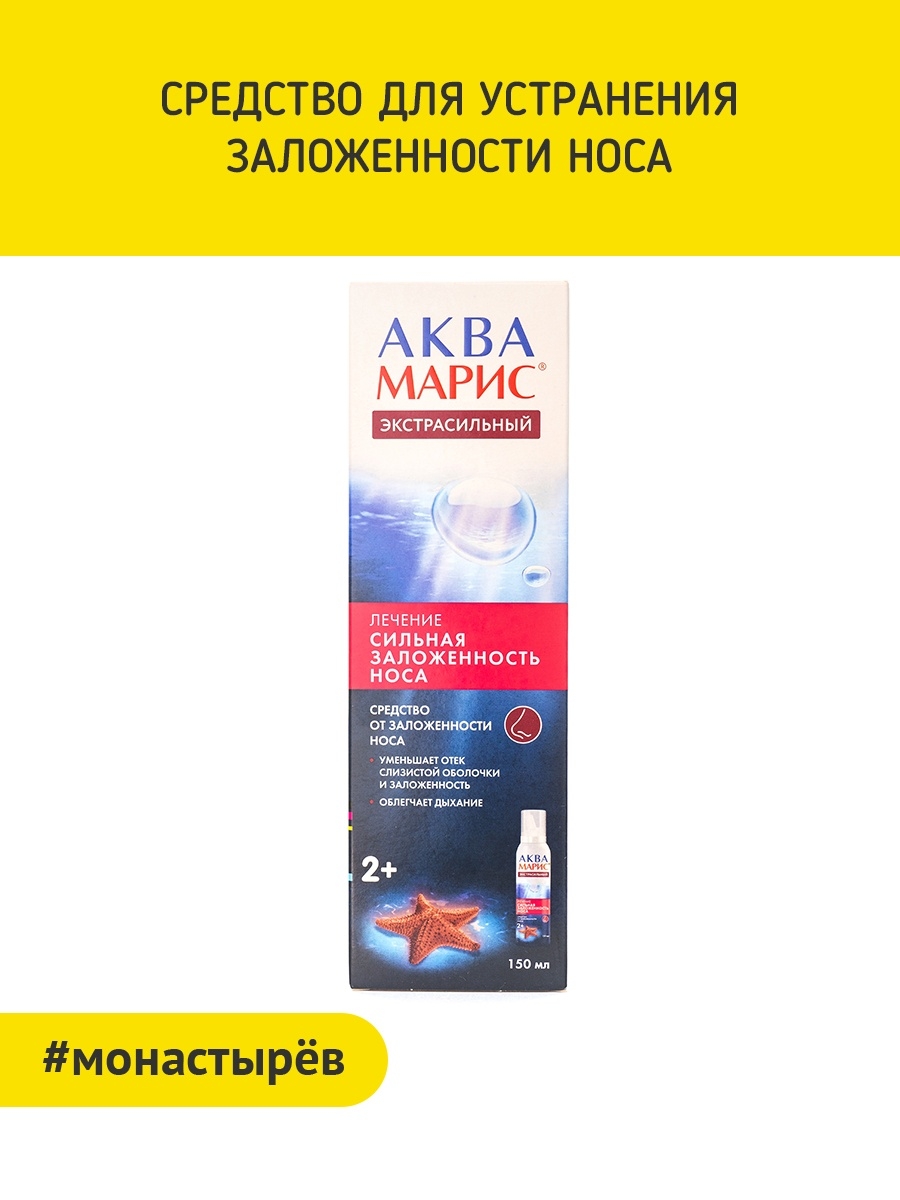

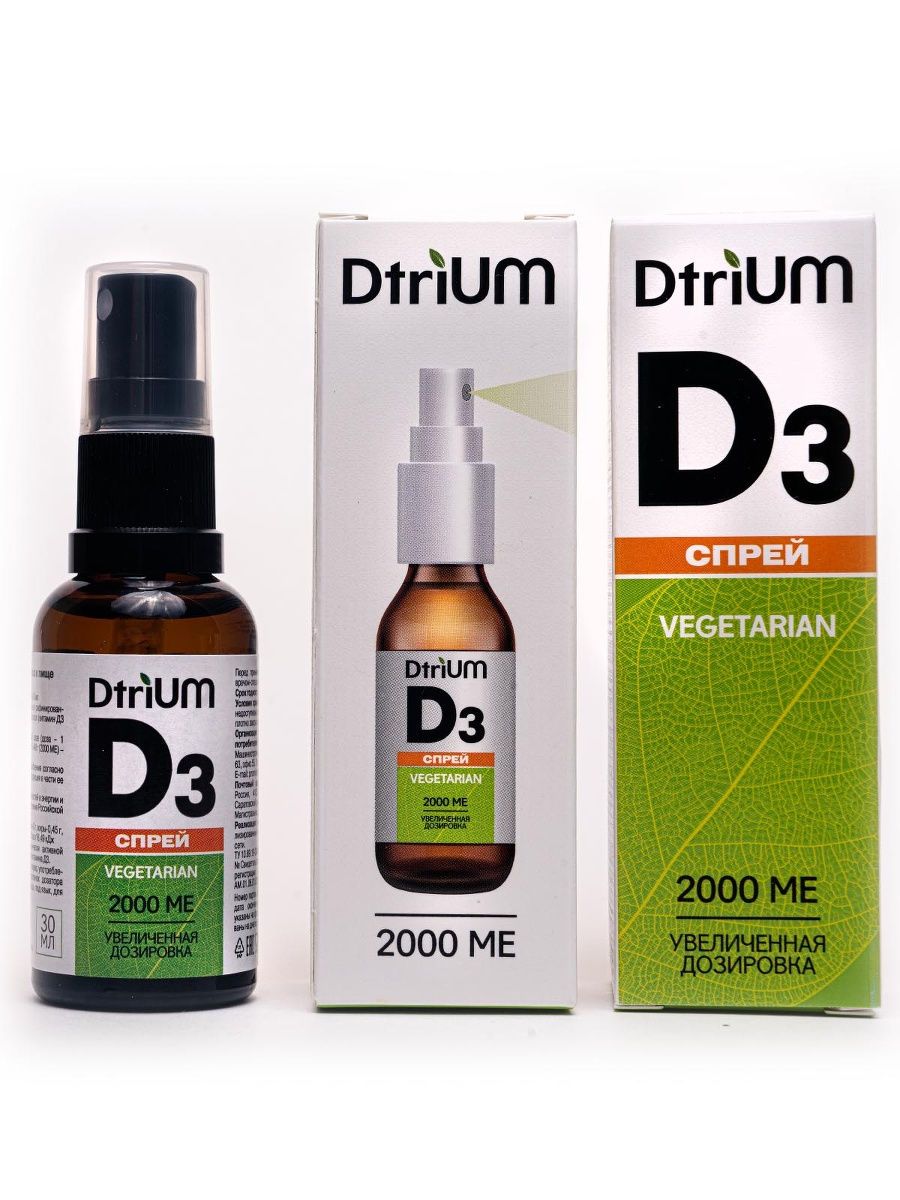
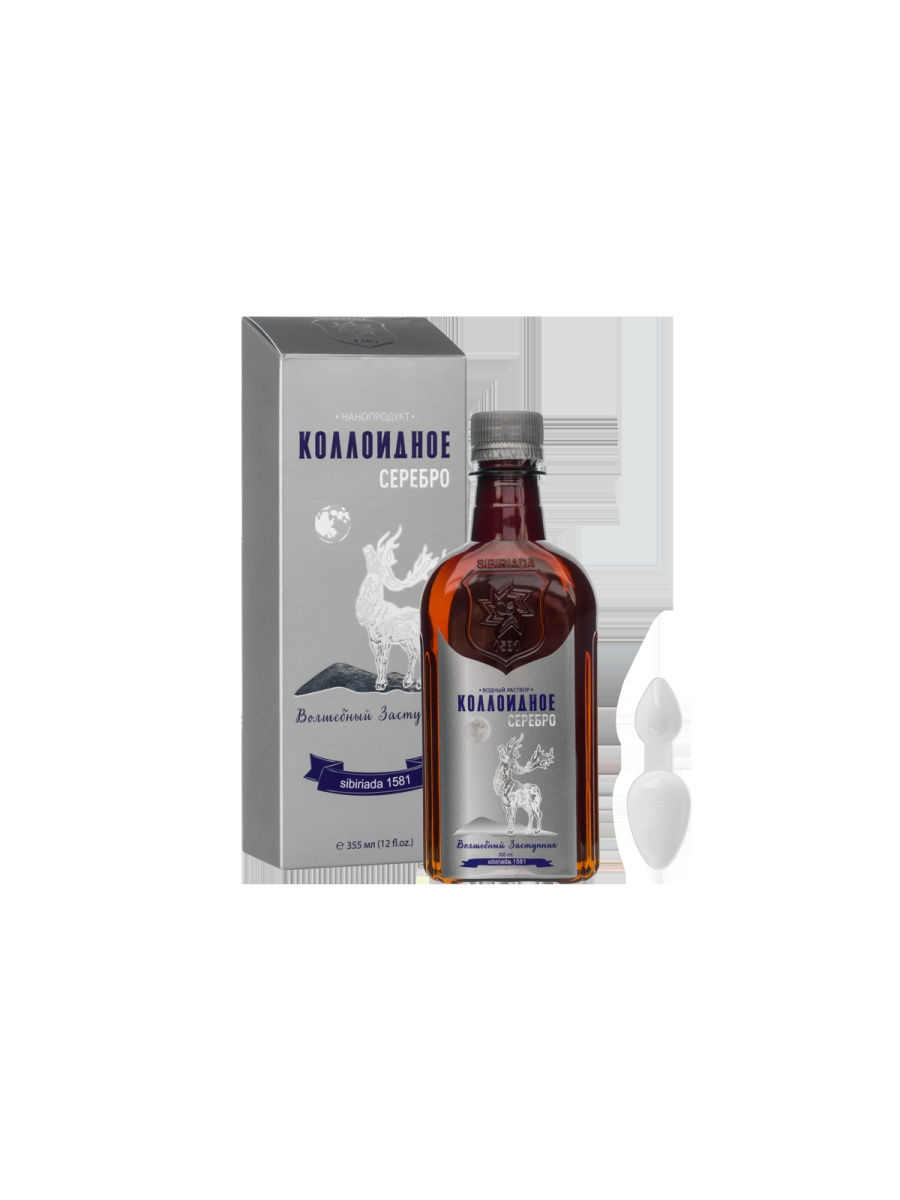





There are no reviews yet.